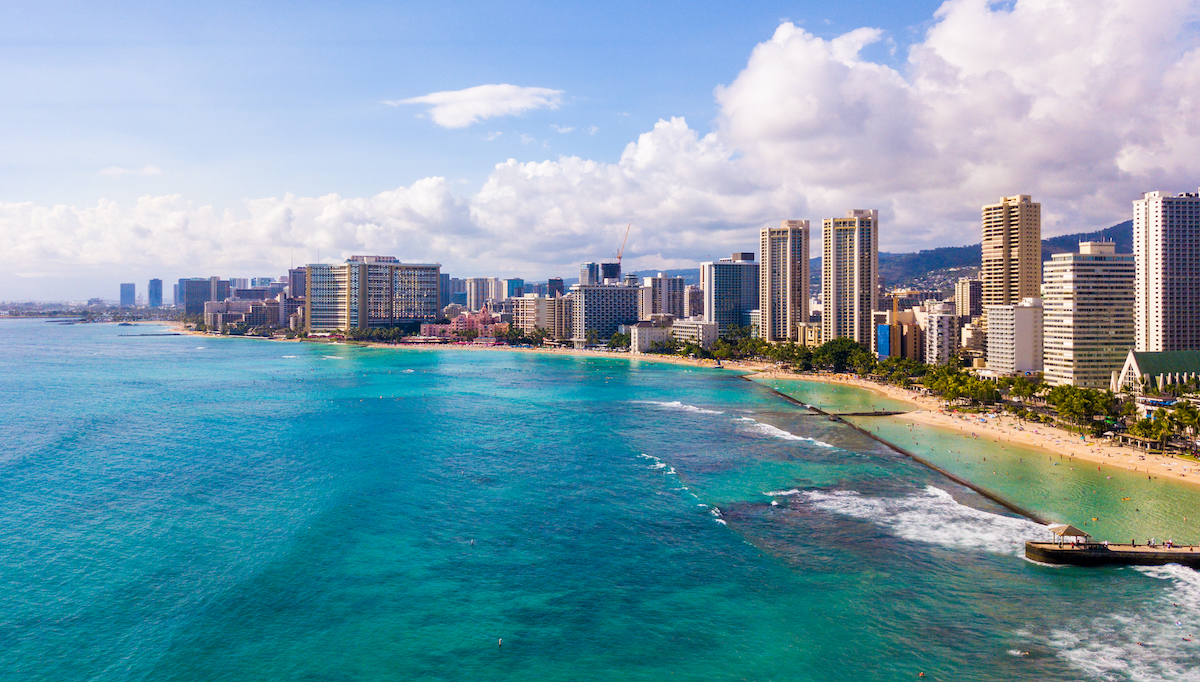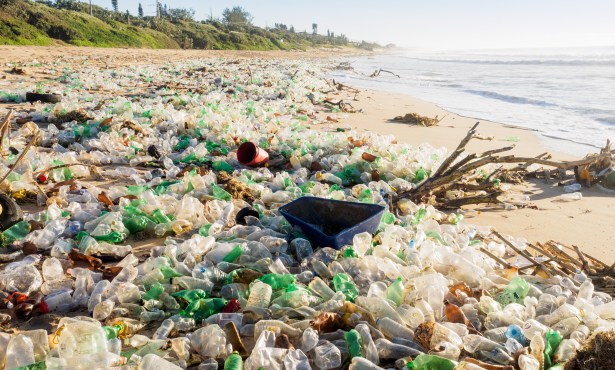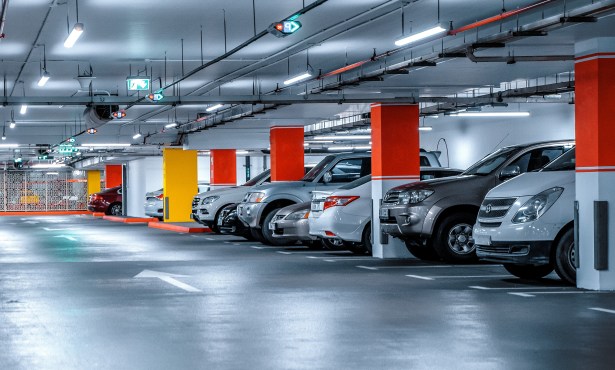Hawai‘i Is Innovating a Clean Energy Future
Solving the Puzzle: Combining Large- and Small-Scale Renewable Power Generation

Hawai‘i was the first state to set a goal of 100 percent renewable energy by 2045. It handily beat its first progress goal of 30 percent by 2020, hitting almost 35 percent. The island of Kauai surpassed its 2020 target of 50 percent renewables by achieving 60 percent. Hawai‘i is an important case study because after setting a timeline to decarbonize its power, it is finding it can move faster than initially expected. The same law targeting 100 percent clean energy also specified ending coal use by 2023.
The economics are favorable for solar in Hawai‘i because coal, fuel oil, and diesel all must be imported and thus are expensive. The cost-effectiveness of solar has led to half of Hawai‘i’s renewable energy coming from rooftop solar. In second place is wind power, and large-scale solar holds third place. The early proliferation of distributed (rooftop) solar has forced the adoption of batteries to handle the surplus, shifting the excess to valuable evening hours. Today, 78 percent of new home solar installations include batteries.
Hawai‘i’s last coal-fired power plant, located on Oahu, will shut down next year. This plant has provided much of the flexibility for meeting peak demand power. State energy planners have chosen to replace it with even more solar, large- and small-scale, as well as to incentivize homeowners who have solar and batteries to share a proportion of their power to help the grid during peak hours. With incentives of up to $4,250, it is expected that this program will supply 30 percent of the power that the coal plant provides. In addition, they are building a big battery consisting of 158 Tesla Megapacks. It will be one of the largest stand-alone batteries in the world. Since it will not have on-site solar, it will charge from the grid, creating flexibility on a scale that has never been done before.
Kapolei Energy Storage (KES), as this plant is called, will be able to:
- Jump-start the grid if an earthquake, tsunami, or cyclone knocks it out
- Act as a battery for the whole island of Oahu by using its bulk capacity to absorb excess midday solar power from all over the island and feeding it back to the grid during peak evening demand
- Provide rapid response switching to supply stored energy wherever needed
KES is the first project to provide a combination of load-shifting, fast frequency response; capacity to store excess renewable power from widely dispersed sources; and rapid restart of the grid post-disaster — and all at megawatt scale. It is a clear example of how the interplay between large- and small-scale renewable generation can achieve results that neither could accomplish on its own. This is especially significant because Hawai‘i does not have any neighboring grids to fall back on, like mainland states have.
Support the Santa Barbara Independent through a long-term or a single contribution.



